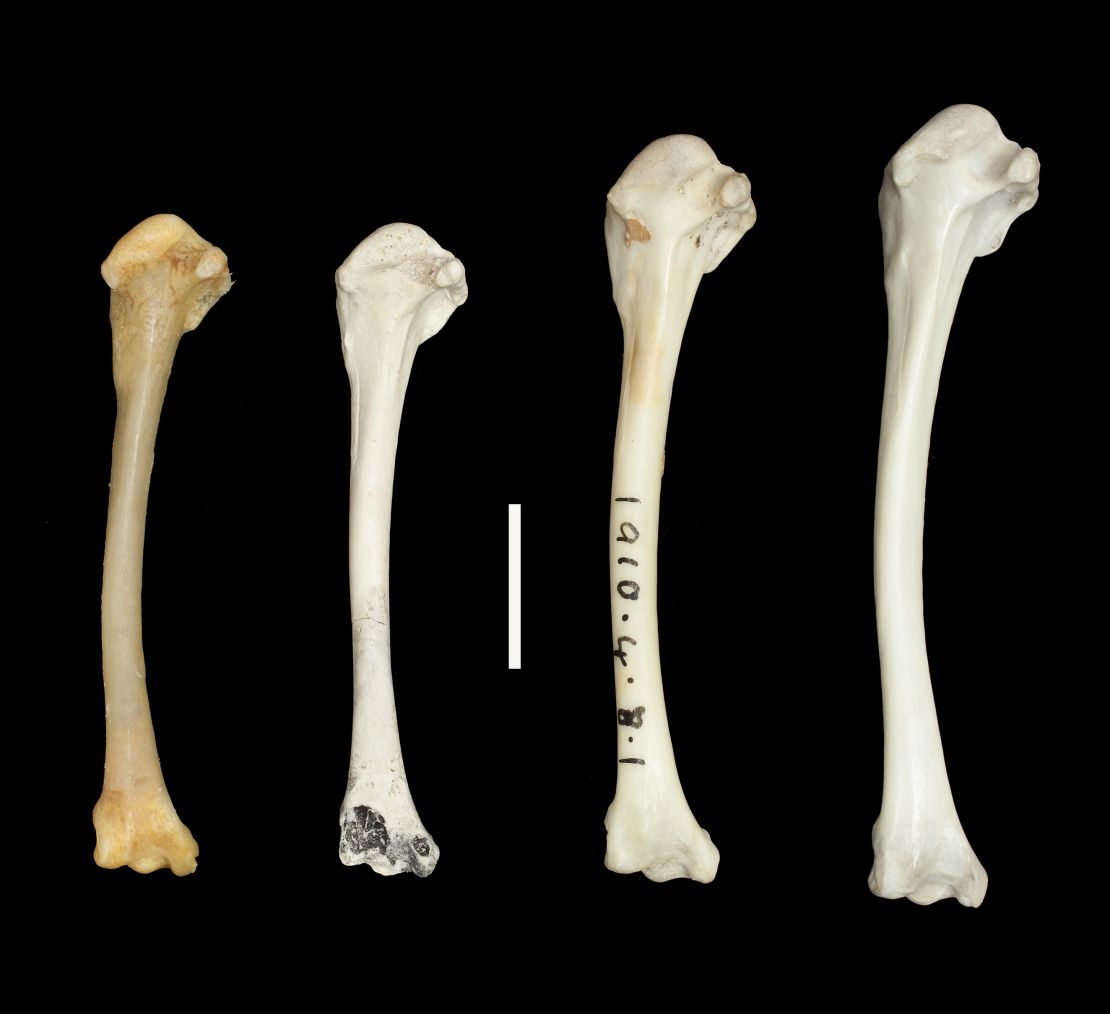A previously extinct species of bird returned from the dead, reclaiming the island it previously lived on and re-evolving itself back into existence, scientists have said.
The white-throated rail colonized the Aldabra Atoll in the Indian Ocean and evolved to become flightless, before being completely wiped out when the island disappeared below the sea around 136,000 years ago.
But researchers found similar fossils from before and after that event, showing that the chicken-sized bird re-appeared when sea levels fell again a few thousand years later, re-colonized the island and again lost the ability to fly.
The flightless rail can be found on Aldabra to this day.
The extremely rare process is known as iterative evolution – the repeated evolution of a species from the same ancestor at different times in history.
The team’s study, published in the Zoological Journal of the Linnean Society, marks the first time the process has been seen in rails, and is one of the “most significant” instances ever found in birds, according to the authors.

“We know of no other example in rails, or of birds in general, that demonstrates this phenomenon so evidently,” co-author David Martill, of the University of Portsmouth, said in a statement.
The rail’s return to Aldabra is not the only time in its lineage that it has escaped extinction.
The parent species of the rail, indigenous to Madagascar, would frequently see its population explode, forcing the birds to migrate in great numbers from the island off the coast of East Africa.
Many of those that flew north or south drowned in the Indian Ocean, and those that went west landed in Africa, where they were eaten by predators.
But the lucky few who went east ended up on islands including Mauritius, Réunion and Aldabra, the latter of which was studied by the researchers.
The rails on Aldabra lost the ability to fly over time, because the lack of predators made it unnecessary – just as the dodo of Mauritius did.
Unfortunately, that gave them no means of escape when the island was submerged and all its flora and fauna were wiped out.
But unlike the dodo, which became extinct in the 17th century, the white-throated rail was resurrected to tell the tale once the island re-emerged and birds started migrating to the destination again.
That means one species of bird from Madagascar gave rise to two separate species of flightless rail on Aldabra in the space of just a few thousand years.
“Only on Aldabra, which has the oldest palaeontological record of any oceanic island within the Indian Ocean region, is fossil evidence available that demonstrates the effects of changing sea levels on extinction and recolonization events,” Martill said.
“Conditions were such on Aldabra, the most important being the absence of terrestrial predators and competing mammals, that a rail was able to evolve flightlessness independently on each occasion,” he explained.
“These unique fossils provide irrefutable evidence that a member of the rail family colonized the atoll, most likely from Madagascar, and became flightless independently on each occasion,” the study’s lead author, Julian Hume of London’s Natural History Museum, added in a statement.
“Fossil evidence presented here is unique for rails, and epitomizes the ability of these birds to successfully colonize isolated islands and evolve flightlessness on multiple occasions,” he said.
